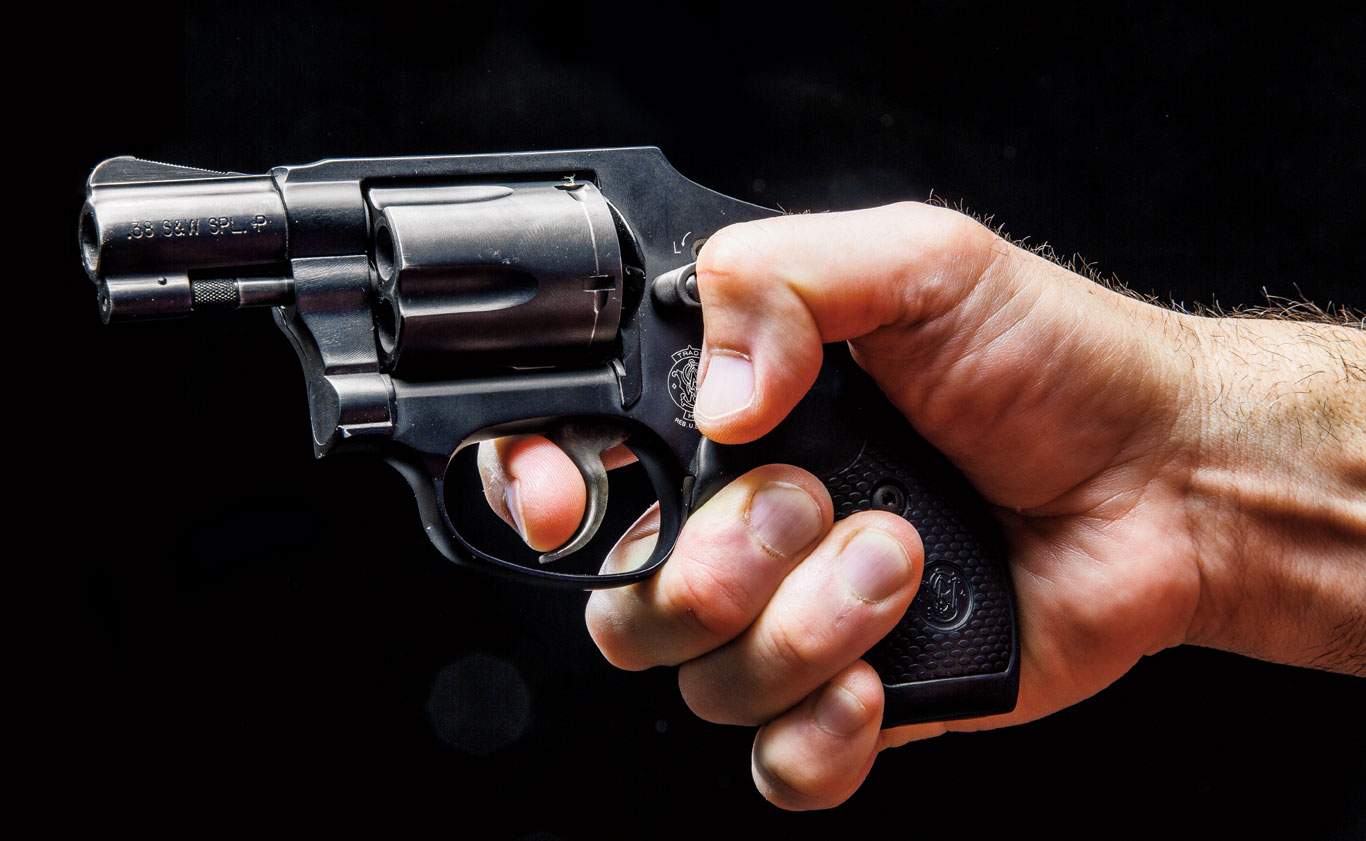
New models have driven the revolver back into relevance for everyday carry.
Smith & Wesson, Colt, Ruger and even Kimber have all recently released new revolvers, and the shooting public has been scooping them up as fast as the companies can produce them. But why? Why is this over-100-year-old design still selling as fast as the companies can push them out the door? The answer is easy; it’s because they work.
Sometimes the market is wrong and products become successful because some internet brand ambassador who doesn’t know their ass from a hot rock hypes it up, and sometimes products see success because a band of true believers refuse to stop spreading the gospel. The story of the modern revolver is the latter. Despite the repeated pronouncement of its demise and its supposed obsolescence, there are some things the revolver does that like-sized semiautomatics can’t.

Almost as small and just as light as most .380 pistols, the small revolver packs a much more substantial punch in +P .38 Special and .357 Magnum.
Revolvers punch way above their weight class when it comes to ballistics. To compare two Smith & Wesson products, the Bodyguard semiauto chambered in the diminutive .380 weighs 1 ounce less than the M&P 340, which is chambered in .357 Magnum. Now, I don’t know about you, but if I have something that needs to be shot, I’d rather shoot it with a .357 Magnum. Or at least a +P .38 Special. Since I like all of you, I’ll give you my true feelings about the .380. I can envision no scenario in which I’d recommend a .380 for anything other than a last-ditch backup or even tertiary firearm. Recently, I’ve started walking my dog in the early morning on the weekends. Long walks,

